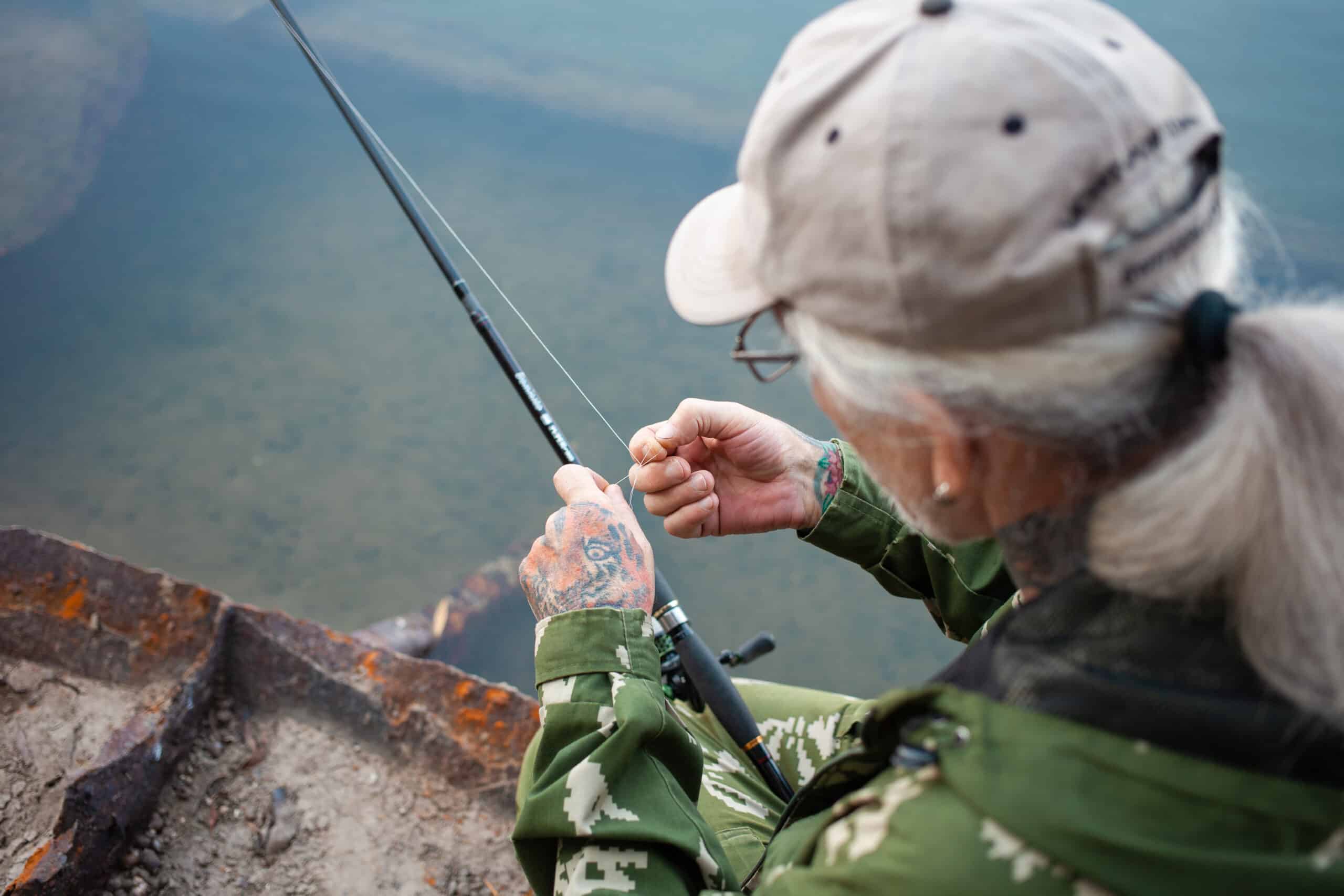What Line Do Pro Bass Fishermen Use?
Key Takeaways
- The Seaguar Tatsu is the top choice for bass fishing tournaments, offering exceptional strength, sensitivity, and abrasion resistance.
- Professional bass anglers prefer to carry braid, fluorocarbon, and monofilament with them as all three line types have their place in bass fishing tournaments, depending on the specific technique and conditions.
- Many pro bass anglers combine braid and fluorocarbon for the best of both worlds, using straight braid for sensitivity and small line diameter, and fluorocarbon for abrasion resistance when fishing crankbaits and other techniques.
When it comes to bass fishing, choosing the right fishing line is crucial. Professional bass fishermen rely on their experience and knowledge to select the best line for each fishing situation. With a variety of options available, it can be challenging to determine which line is most effective. In this article, we will explore the preferred fishing lines used by pro bass fishermen, based on information from various trusted sources.
Seaguar Tatsu: The Top Choice for Bass Fishing Tournaments
According to Outdoor Life, the best fishing line for bass fishing tournaments is the Seaguar Tatsu. This line offers exceptional strength, sensitivity, and abrasion resistance, making it ideal for battling big bass. Its low visibility in the water also increases the chances of hooking wary fish. Pro bass fishermen value the performance and reliability of the Seaguar Tatsu, making it their go-to choice for competitive fishing.
A Place for All Three Line Types
According to Bassmaster, professional angler Bobby Lane carries braid, fluorocarbon, and monofilament with him every time he’s on the water. He believes that all three line types have their place in bass fishing tournaments. Braid provides excellent strength and sensitivity, fluorocarbon offers low visibility and abrasion resistance, and monofilament has good versatility and shock absorption. The choice of which line to use depends on the specific fishing technique and conditions.
Preferred Fishing Lines by Professional Bass Anglers
When it comes to the preferences of individual pro bass fishermen, there are several notable choices:
- Scott Martin: Scott Martin favors the P-Line X Braid with a P-Line Tactical fluoro leader for most applications. He uses P-Line CSX mono for topwater fishing.
- Skeet Reese: Skeet Reese prefers the Berkley Nanofil braid and Berkley Trilene 100% fluorocarbon, using a Trilene leader in clear water.
- Gerald Swindle: Gerald Swindle relies on Sunline SX-1 braid with a Sunline Shooter fluoro leader for spinning gear, and Sunline Shooter for baitcasters. He uses fluoro or braid for topwater fishing.
- Rick Clunn: Rick Clunn’s preferred line is the Bass Pro Shops Signature Series heavy monofilament.
- Aaron Martens: Aaron Martens favors Sunline fluorocarbon, specifically Sunline Shooter on warm days and Sunline FC Sniper when the temperature drops. He also uses Sunline SX-1 braid with a Sunline Shooter leader for topwater fishing.
- Kevin VanDam: Kevin VanDam primarily uses Bass Pro Shop XPS fluorocarbon for most fishing situations, occasionally switching to braid or mono for topwater techniques.
- Greg Hackney: Greg Hackney’s preferred line is the Gamma Edge fluoro. He adjusts the line diameter regularly. For topwater fishing, he opts for Gamma Braid, avoiding black or white lines.
- Jacob Wheeler: Jacob Wheeler uses Sufix Siege mono as his main line, occasionally combining it with braided line and a Sufix Elite mono leader for stealthiness. He avoids using fluorocarbon due to its lack of stretchiness and shock absorption.
Combining Braid and Fluorocarbon for the Best of Both Worlds
As mentioned in The Bass Fishing Life, many professional bass anglers prefer to use a combination of braid and fluorocarbon. They utilize straight braid for techniques that require sensitivity and a small line diameter. Fluorocarbon, on the other hand, is used when fishing crankbaits and other techniques that require abrasion resistance. Some pros also employ a braid to fluorocarbon leader setup, allowing them to enjoy the benefits of both line types.
Conclusion
When it comes to the fishing lines used by pro bass fishermen, there is no one-size-fits-all answer. Different anglers have their preferences based on their experience, fishing techniques, and prevailing conditions. However, the Seaguar Tatsu stands out as a popular choice for bass fishing tournaments due to its exceptional performance. Additionally, the combination of braid and fluorocarbon offers the best of both worlds, allowing anglers to adapt to different fishing scenarios.
Related Websites:
FAQs:
Q: What factors should I consider when selecting a fishing line for bass fishing?
When selecting a fishing line for bass fishing, it is important to consider factors such as strength and durability requirements, sensitivity to detect subtle bites and changes in the underwater environment, abrasion resistance for rocky or weedy areas, visibility and camouflage to avoid spooking wary bass, and specific line characteristics based on fishing techniques or conditions.
Q: What are the benefits and drawbacks of monofilament lines?
Monofilament lines offer benefits such as easy handling, good knot strength, and affordable pricing. However, they may have lower abrasion resistance and visibility compared to other types of lines.
Q: Why do some pro bass fishermen prefer fluorocarbon lines?
Fluorocarbon lines are preferred by some pro bass fishermen due to their excellent abrasion resistance, low visibility underwater, and high sensitivity to detect bites. However, they can be more expensive compared to other types of lines.
Q: What are the preferred line weights and sizes for pro bass fishermen?
Pro bass fishermen commonly use a range of line weights depending on their fishing techniques and conditions. The line size may vary from 8 to 20 pounds or more. It is important to choose the appropriate line weight based on the target bass size and the fishing environment.
Q: Why is reel compatibility important when selecting a fishing line?
Reel compatibility is important when selecting a fishing line to ensure smooth casting and retrieval. Different reels may have specific requirements for line diameter and strength. It is crucial to check the manufacturer’s recommendations or consult with experts to ensure the line is compatible with your reel.






